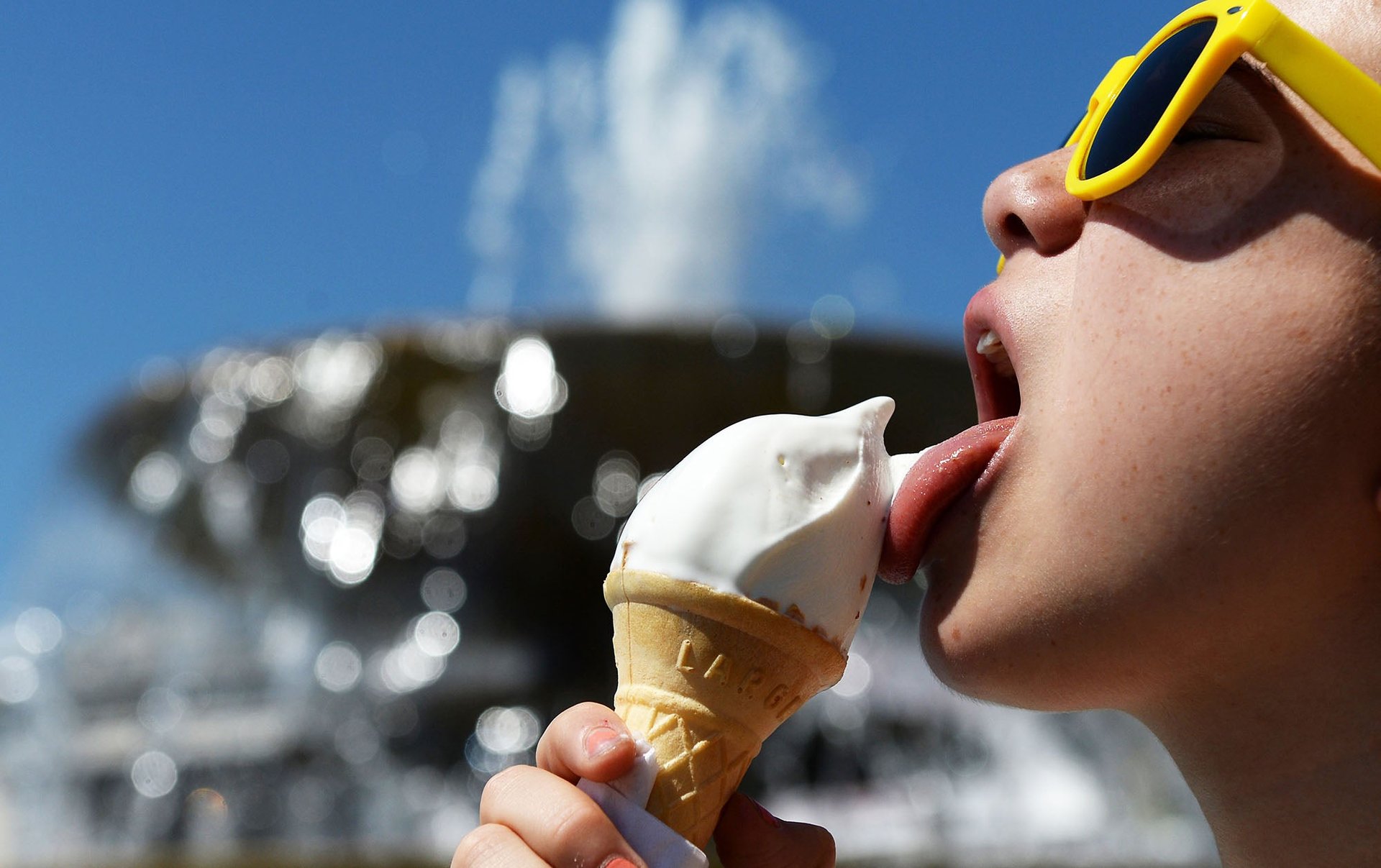Scientists say they’ve found a way to slow ice cream’s melting
Ice cream is already a scientific miracle. It has all three phases of matter—solid, liquid, and gas—in one delicious scoop. But unless you gobble it up, it can melt into a sad puddle too quickly in the summer heat. What if there were a way to slow down the melting?


Ice cream is already a scientific miracle. It has all three phases of matter—solid, liquid, and gas—in one delicious scoop. But unless you gobble it up, it can melt into a sad puddle too quickly in the summer heat. What if there were a way to slow down the melting?
There might just be, says Cait MacPhee at the University of Edinburgh. MacPhee and her colleagues have found a protein, called BslA (bacterial surface layer A), which in the right mix with the other ingredients of ice cream does just that.
BslA is secreted by the bacteria Bacillus subtilis when it grows a colony, which exist in “biofilms.” These are adhesive layers containing proteins, DNA, and embedded microbes. BslA’s job in a biofilm is to act as a raincoat.
MacPhee found that BslA could coat air bubbles, oil droplets, and solid surfaces, just as it does the other ingredients of the biofilm. Ice cream’s structure is essentially that: air bubbles, oil droplets (cream), and solids (ice crystals). So she mixed ice-cream with BslA and found that, indeed, ice cream with the protein didn’t melt as quickly.
So far MacPhee and her colleagues have published two papers, both in the Proceedings of the National Academy of Sciences, which explain the physics and biology of BslA works. They haven’t, however, shared the details of their experiment with ice cream, because they believe it has commercial potential and are waiting for their patent claim to be accepted.
Even if MacPhee’s trick works, it won’t extend the life of an ice cream forever. The temperature of the ice cream will rise, if more slowly, and will make it less delicious as it warms up. But just a few minutes’ extension in an ice-cream’s lifetime could be enough to allow slow lickers to finish their cone.